I’ve always been interested in 'Black and White' photography, and began taking photos a couple decades ago, when I first got into journalism. Back then, you never really knew what you were going to get, because you had to wait to get the film developed before you could see the negatives.
When I came to Spain a handful of years ago, I got back into photography as a way to document my new country, and I decided to stick with Black and White, or White and Black (Blanco y Negro) as they say in Spanish. With digital cameras, I can somewhat tell what I’m getting, but you still have to wait for processing, to remove distracting colors and emphasize the mood you felt, before you can tell if the scene is going to pop.
Every summer we go North, fleeing the summer heat in Madrid, and find small beach villages to swim, hang out, and eat. Hundreds of pueblos await along the coast where you can spend a couple weeks, relaxing, reading a book, and wandering the seashore.
Here’s some favorite photos, I took while there.
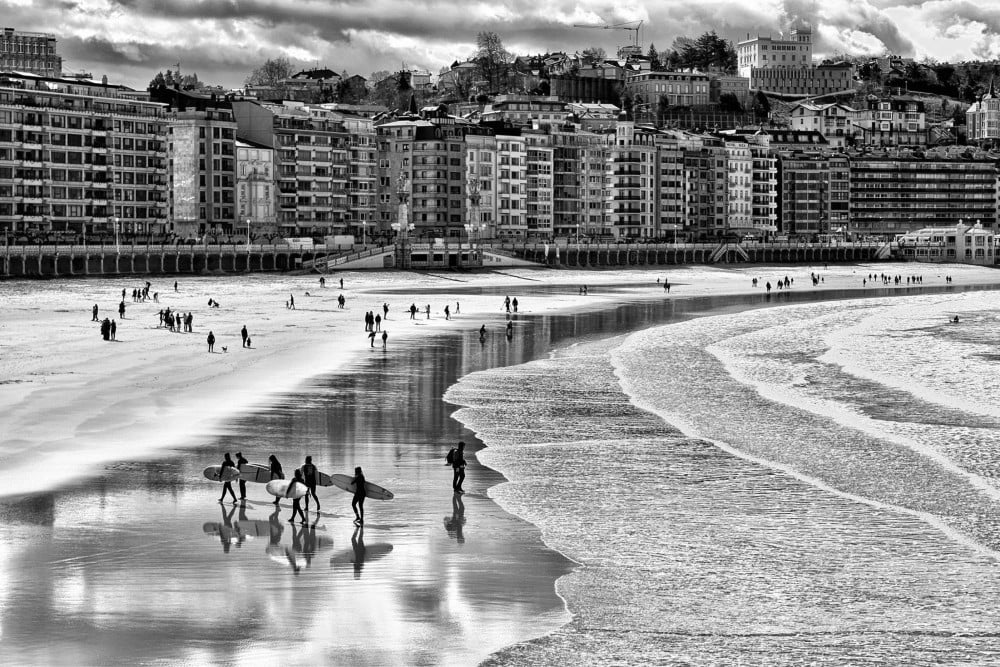
You’d be hard pressed to find a series of photos on Spain’s northern beaches that didn’t include a shot of San Sebastian/Donostia and its famous beach, La Concha. For relaxing, I actually prefer Donostia’s less well-known beach, Zurriola, which is a bit more hippie and laid back. But you can catch so many amazing views of La Concha.
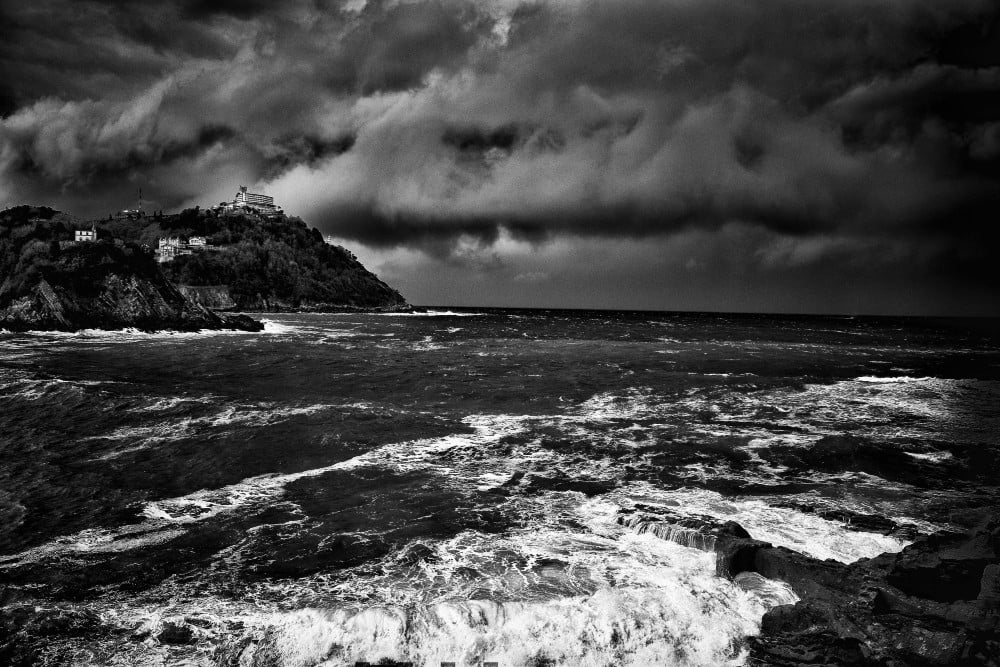
One of the biggest problems with San Sebastian is the weather—you can never be certain if it’s going to be overcast or rain. During one trip, I caught this storm rolling in, darkening the sky at midday, sending everyone into bars and restaurants to avoid the downpour.
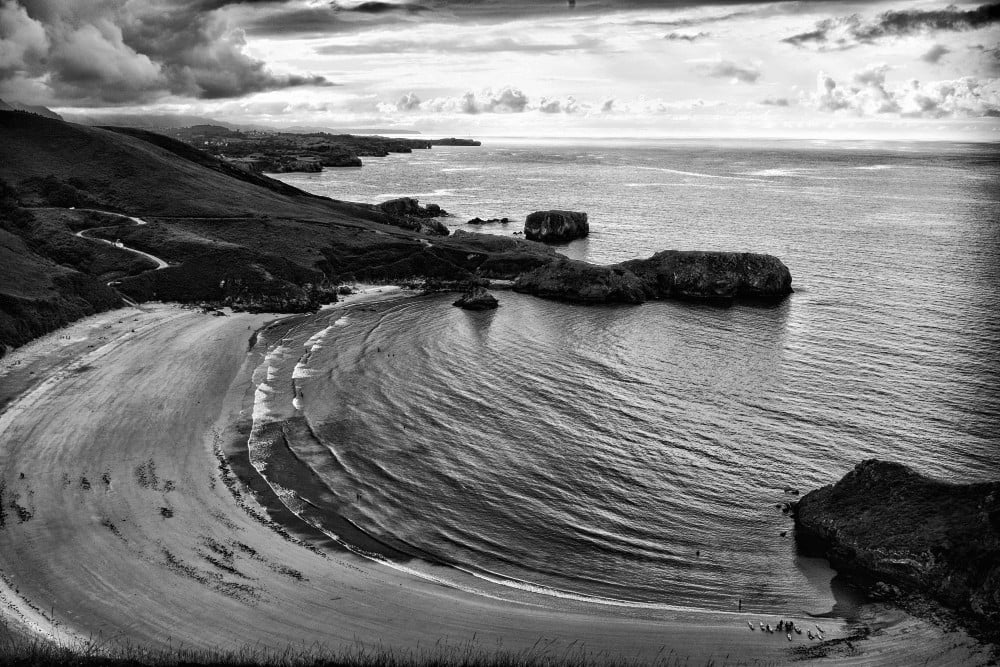
Just a few miles West of Celorio, Playa de Torimbia is just gorgeous when viewed from the hills that surround it. One of the many nude beaches in Asturias, the day I showed up, everyone had on bathing suits, and kayakers had taken over, later parking on the sand in the beach’s right corner.
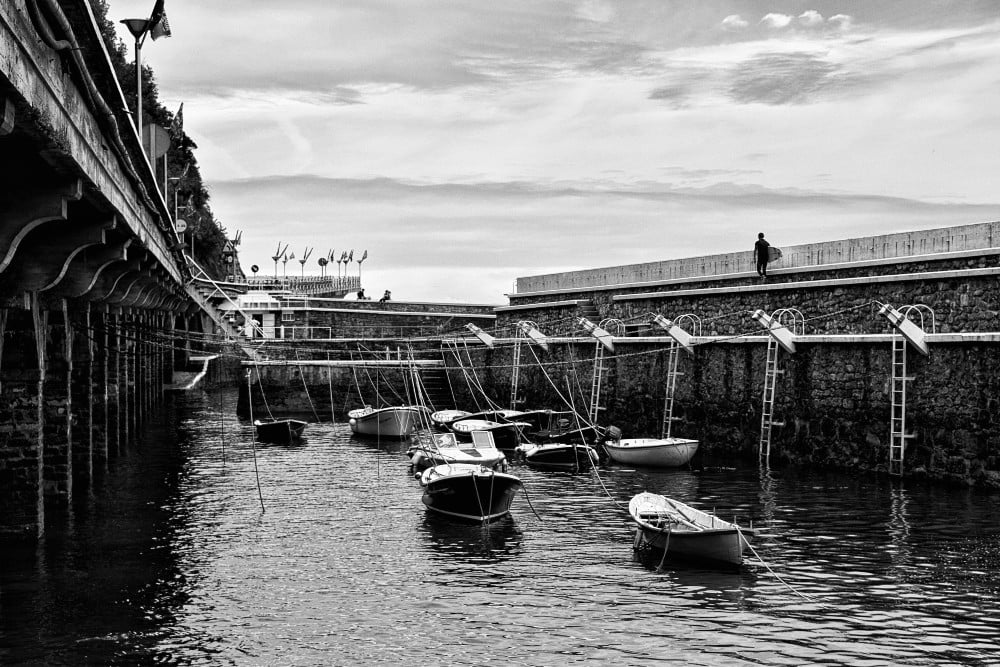
If you walk West along the esplanade in Zarautz, you’ll eventually encounter the village’s boat harbor, tucked behind a huge seawall. The coastal road next to the harbor has a broad sidewalk that runs several more miles along the edge of a high cliff that drops into the ocean. An hour walk takes you to Getaria, a village of a couple thousand people. But because this is the Basque Coast, even a small village has several dozen great restaurants. Getaria also has a world class fashion museum, named after resident son Cristobal Balenciaga, who designed clothes for Europe’s royalty and Jackie Kennedy.
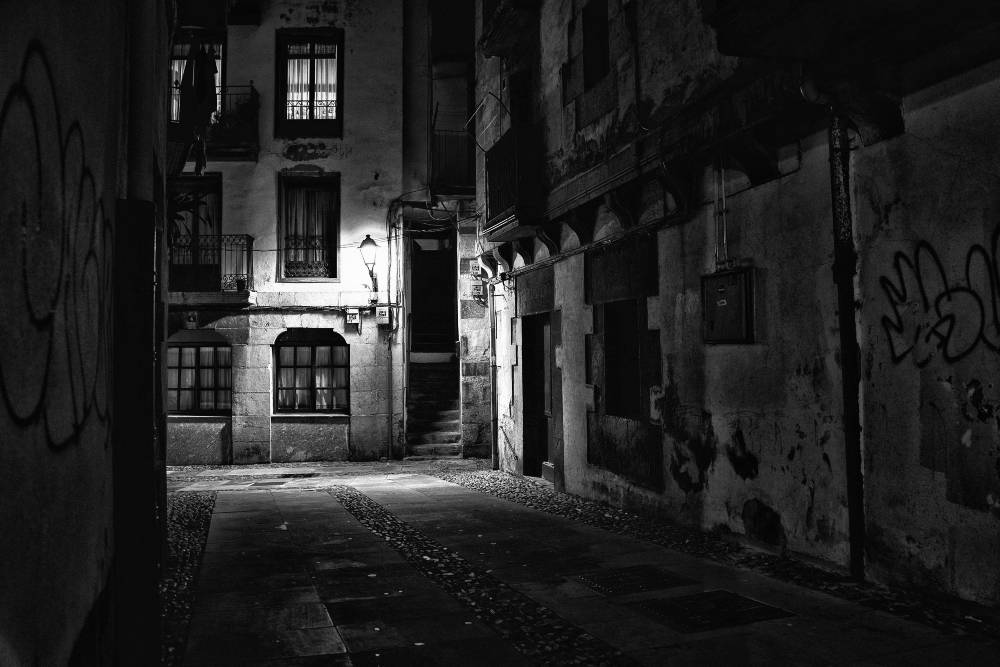
Several years ago, I fell hard for Mundaka, which is located in the Basque Country, but whose scenic streets appear to have been ripped from locations shot along the Italian coast in the 1950’s Hollywood movie Cleopatra, starring Richard Burton and Elizabeth Taylor. Mundaka is not well known, but offers the three things you want in a Spanish coastal village: great food, village character, and amazing beaches. Thank God, so many people still don’t know.
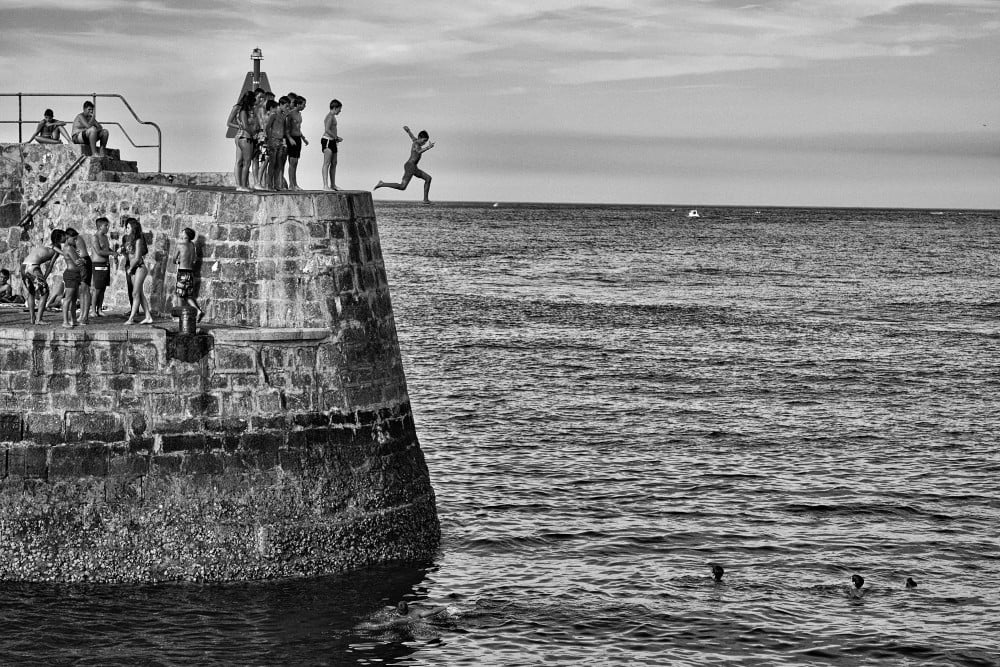
Find a village with a protected marina, and you’ll see kids diving from the seawall. I shot this scene from the terrace of one of the many restaurants that line Mundaka’s harbor. It’s a peaceful place to pass the afternoon, enjoying lunch, drinks, and just not giving a damn what nonsense is happening in the rest of the world.
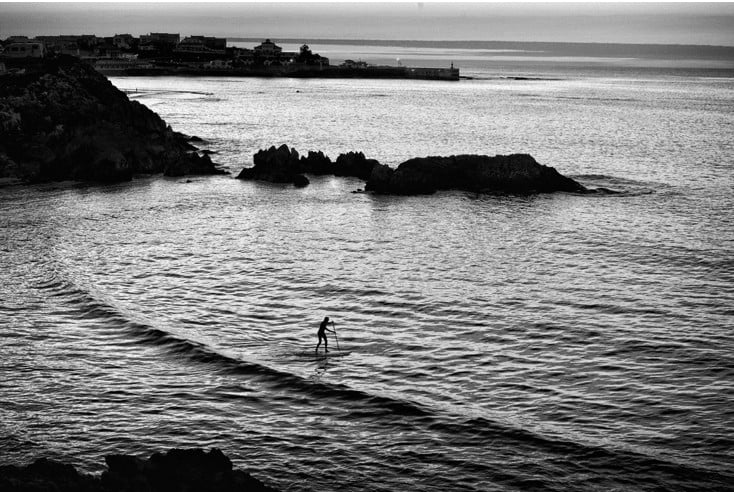
If you don’t plan far enough into the future and make reservations, you’re likely to miss out on the best summer rentals. One August we had to stay in an apartment about a mile outside of the Cantabrian town Comillas, forcing us to trek a half hour along the shoulder of a coastal road passing campgrounds and small beaches ever day, to get to the village. One evening, I stayed late in Comillas for drinks and food, and captured this moonlit photo on my walk back.
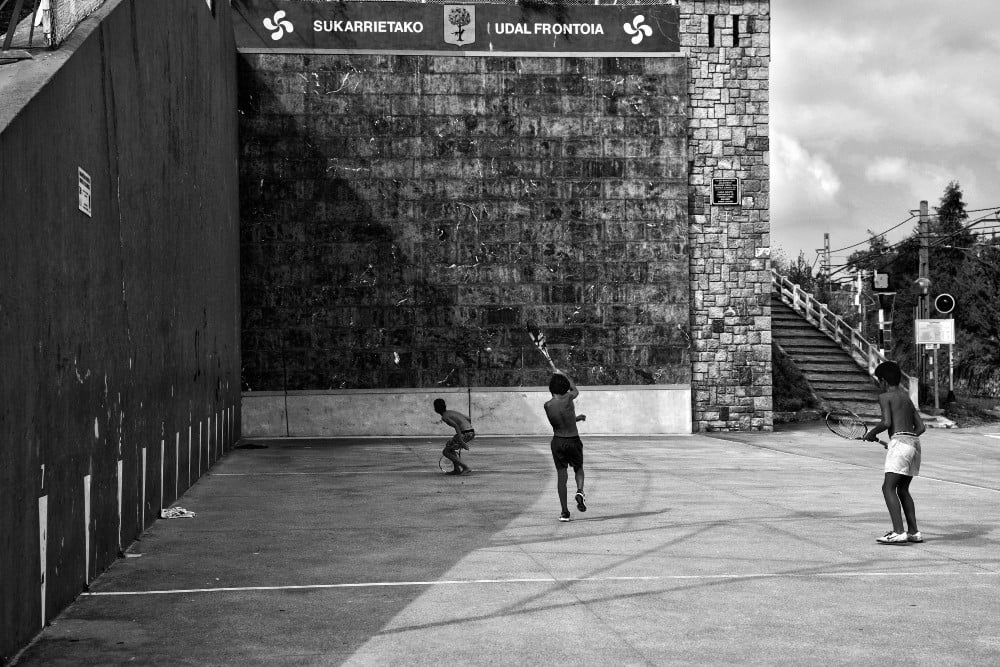
A bare minimum of elements must assemble to create a proper Basque village: several dozen houses and apartments, a church, a couple bars or restaurants, and always at least one frontón. With around 300 hundred residents, Sukarrieta sits on the Urdaibai Estuary a mile up the Oka river, which meets the Atlantic Ocean at Mundaka. I ran across these kids playing one afternoon, on my way to the village’s beach.
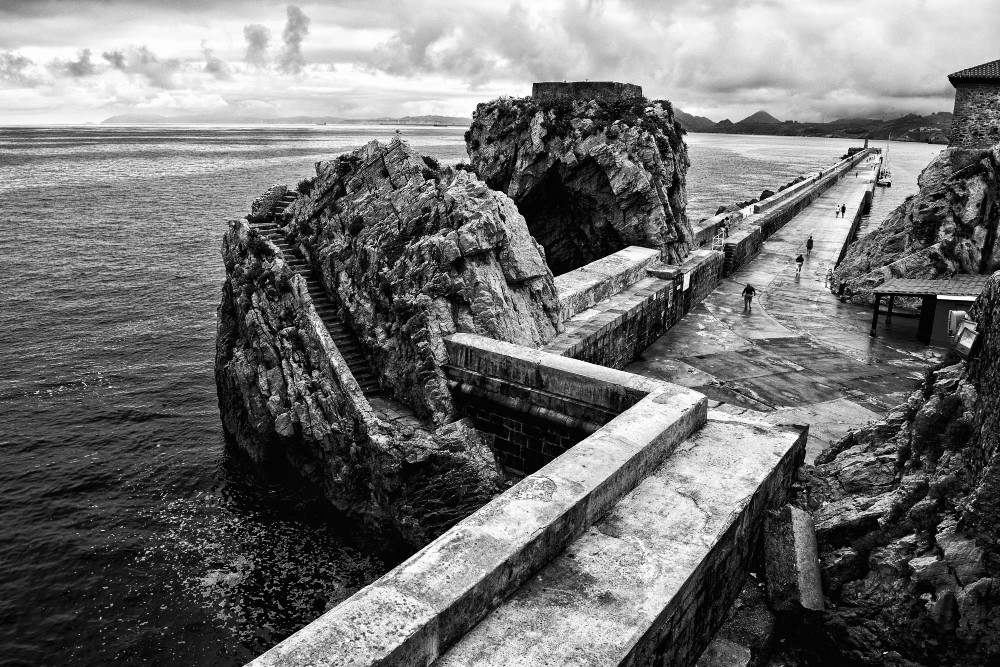
It took some creative engineering and artistic talent to incorporate the rocks into the seawall that protects Castro Urdiales. So many great views in this small city, where people have built houses that appear to have grown out of the rocks that line sea inlets creeping into the city’s centre.
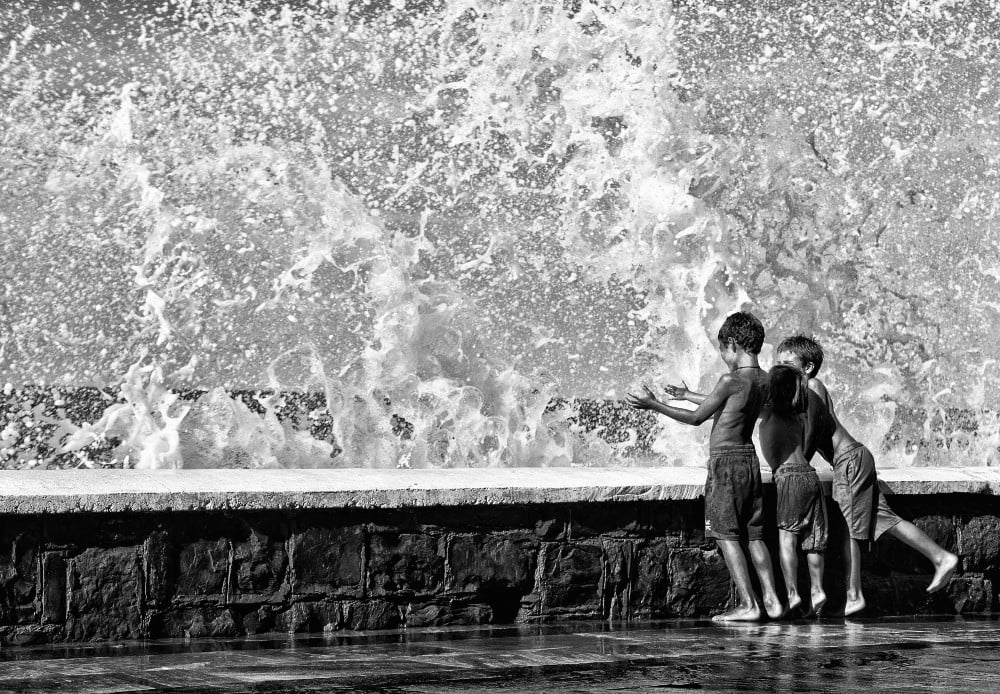
Because it’s lacking in character and charm, Zarautz is not my favorite village, but it’s certainly worth a day trip. The best thing to do there is have some food, right on the beach, at Hotel Restaurante Karlos Arguiñano, which is named after the famous chef that runs it. I caught these kids standing in the spray of an incoming tide, crashing against the beach promenade.
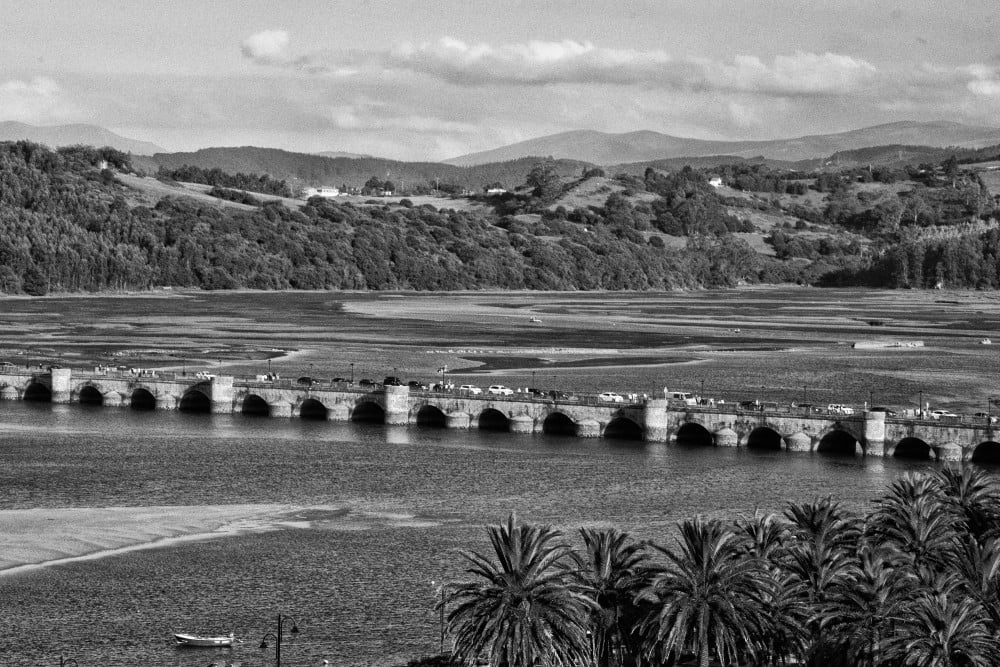
San Vicente de la Barquera is another of those special villages that delivers all three Spanish delights: beaches, great food, and interesting streets sights. The city lies protected within an estuary, and every day, tourists parade across this bridge to reach the beaches along the ocean, offering more than a mile of sand, and great surfing spots.
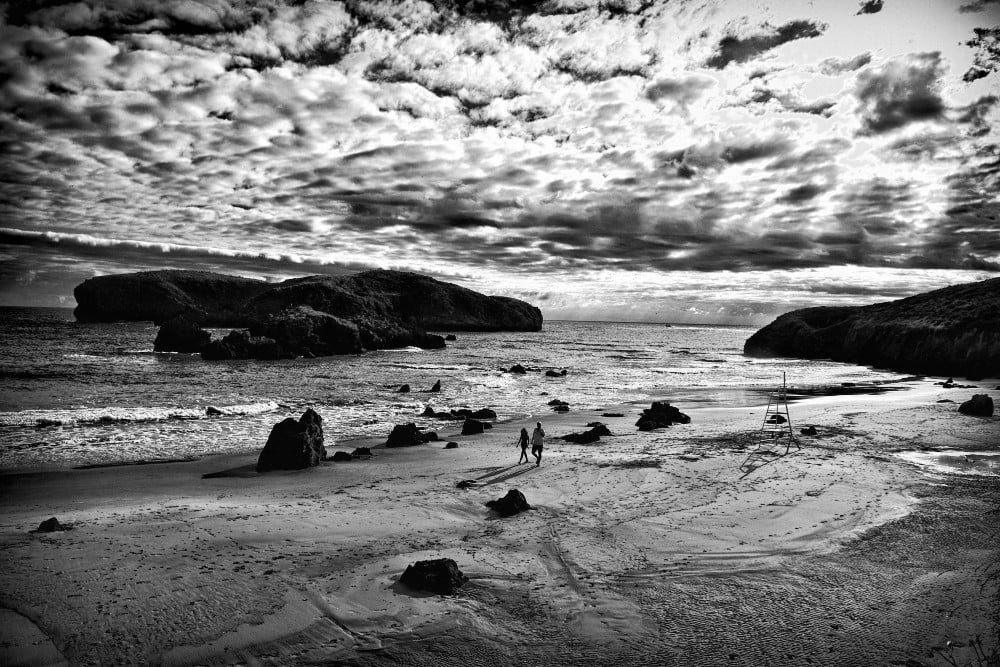
If your passion is great restaurants and cute village scenery, you should probably skip Celorio. But if you love beaches, give this small village in Asturias another look. In a day’s walk you can trip across five or six hidden coves, each one unique and special. Getting up early one day, I captured a man and his teenage daughter strolling past the empty lifeguard stand on Playa de Borizo, and taking in the rising sun before others crowded the beach.
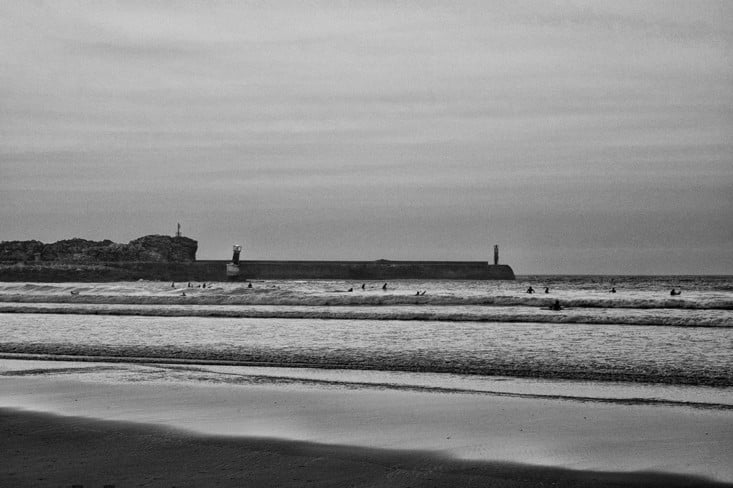
San Vicente de la Barquera has one of the longest beaches on Spain’s northern coast. It’s so long, that it actually changes names about halfway down its mile-long stretch. If you stay out past sunset, you can catch the surfers on their final waves, before everyone heads back into the village to drink and eat.
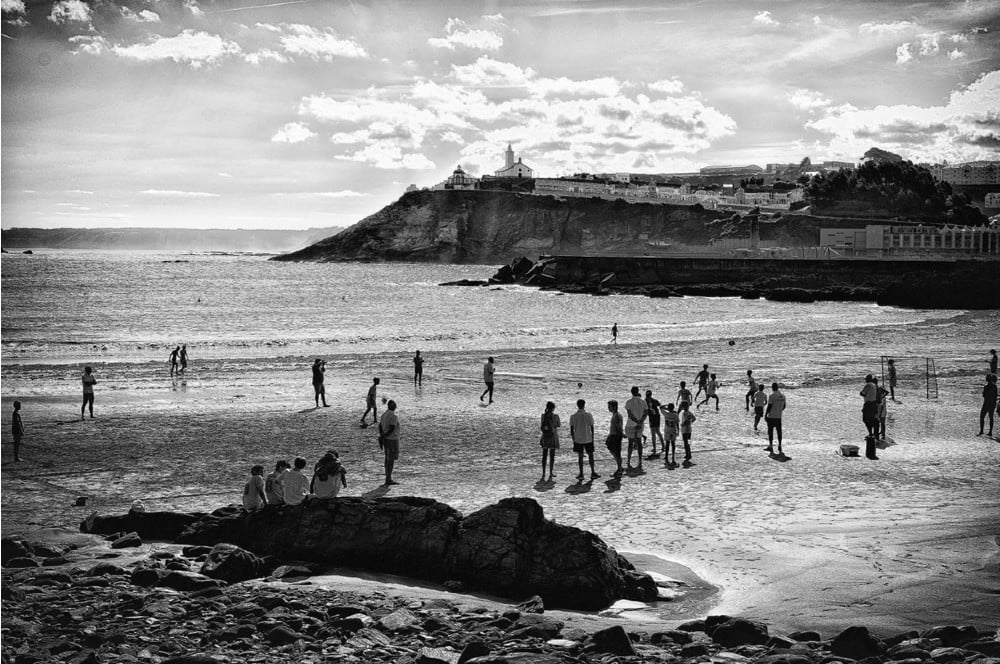
Of course, sometimes the best plan is having no plan. When the villages we wanted to visit had no rental vacancies one summer, we ended up at Luarca. What a great mistake. This village has tucked itself along a river valley, and trails lead to excellent hikes in the mountains that fold around it. Several restaurants and bars scatter through the streets that lead to the beach, where I found kids enjoying the sun and a game of football, with the field’s boundaries scratched into the sand.
READ ALSO:



 Please whitelist us to continue reading.
Please whitelist us to continue reading.
Member comments